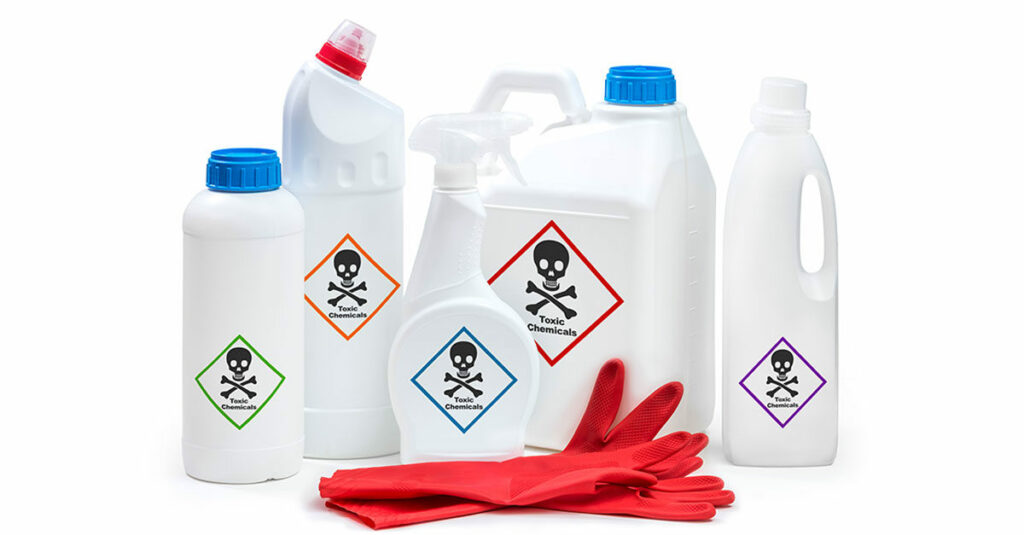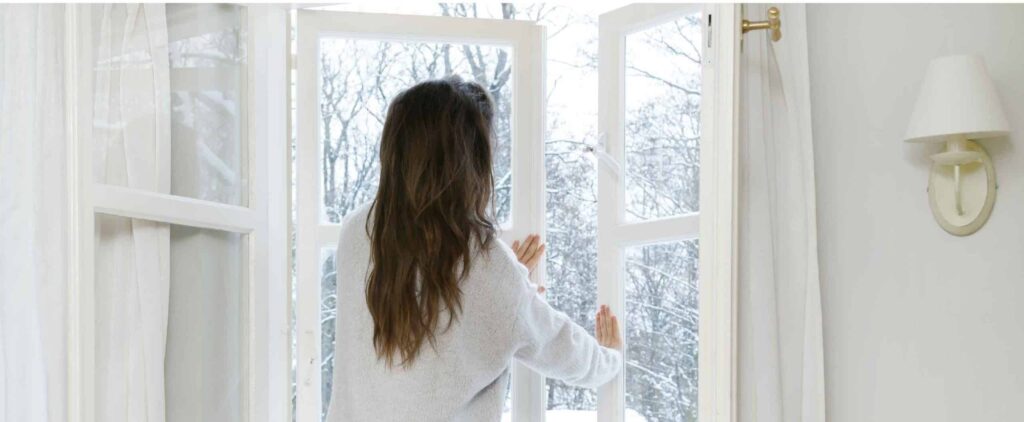
When winter arrives, we seal up our homes to keep the cold air out. But while this keeps us warm, it also traps indoor pollutants—especially volatile organic compounds (VOCs). These harmful chemicals, released from everyday household products, can build up and affect your health. Could your winter routine be making you sick?
Hidden Air Pollutants in Your Home
Many everyday products release VOCs into the air, including:
- Cleaning supplies
- Paints and varnishes
- Adhesives and glues
- Air fresheners and scented candles
- Furniture and carpets
Without proper ventilation, these chemicals linger in your home, increasing your exposure and potential health risks.
Why Do VOC Levels Rise in Winter?
During warmer months, open windows and outdoor activities help clear indoor air. But in winter, we keep everything shut to conserve heat, allowing VOCs to accumulate. Less airflow means higher concentrations of harmful chemicals, making indoor air quality worse.
How VOCs Affect Your Health
Breathing in high levels of VOCs can cause:
- Headaches and dizziness
- Irritated eyes, nose, and throat
- Allergies or asthma flare-ups
Long-term exposure may contribute to serious health problems, including liver and kidney damage and respiratory diseases. According to the EPA, VOCs can significantly impact indoor air quality and lead to both short- and long-term health effects. Learn more about how VOCs affect air quality.
Simple Ways to Keep Your Air Clean
You don’t have to sacrifice your health for warmth. Here’s how to keep indoor air clean while staying cozy:
Choose Low-VOC Products – Buy paints, cleaning supplies, and furniture labeled “low-VOC” or “VOC-free.” Check out the EPA Safer Choice program for a list of certified low-toxicity products.
Ventilate Regularly – Crack a window, even for a few minutes, or use exhaust fans to flush out pollutants.
Switch to Natural Cleaners – Vinegar, baking soda, and lemon juice work just as well as chemical cleaners without the toxic fumes.
Use an Air Purifier – HEPA filters and activated carbon purifiers help remove VOCs from the air.
Let New Items Off-Gas – Place new furniture, carpets, or freshly painted items in a well-ventilated area before bringing them inside.

Breathe Easier This Winter
Winter should be about warmth and comfort—not poor indoor air quality. By choosing safer products and improving ventilation, you can lower VOC levels and protect your health.
If you’re concerned about indoor air pollution, contact us to schedule a test to measure VOC levels and help create a healthier home.
Breathe clean, stay warm, and stay healthy this winter!
